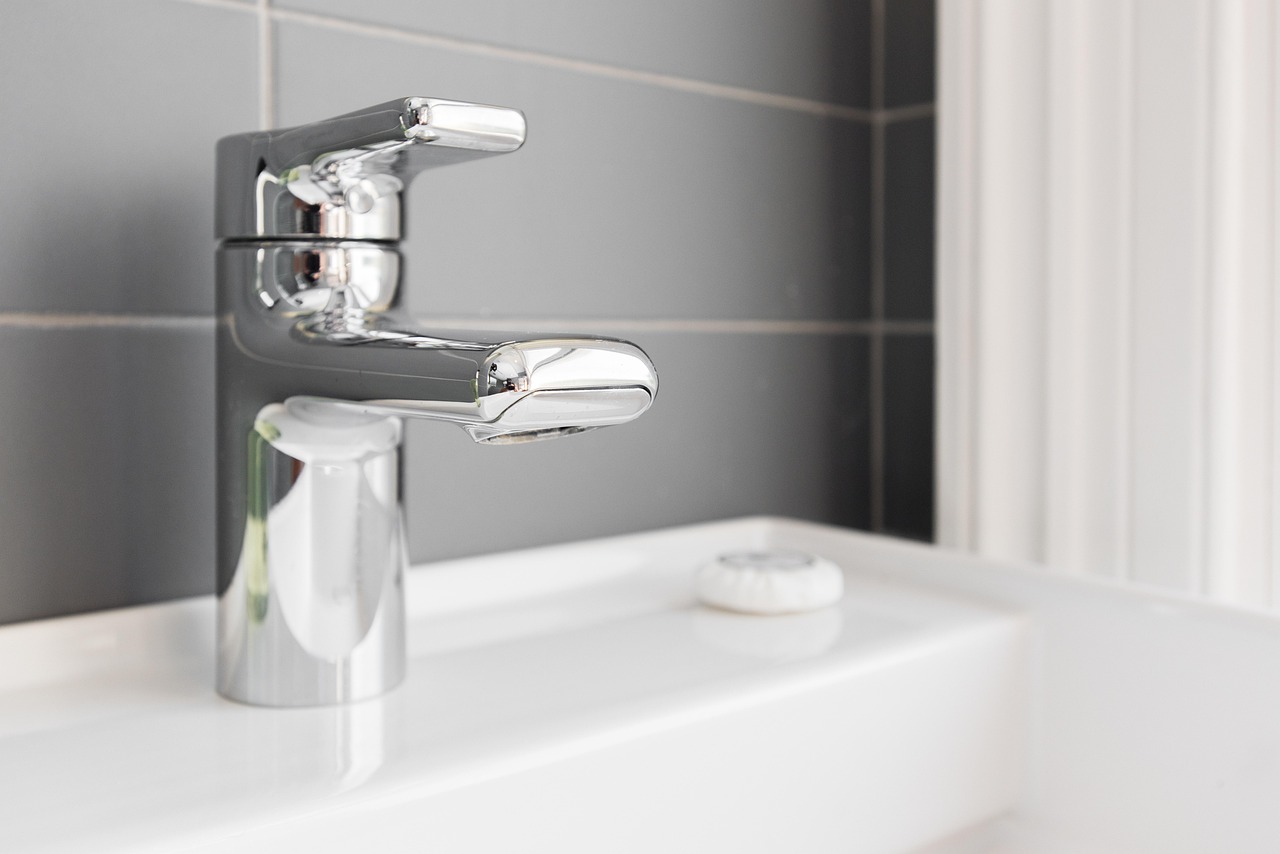Metal fixtures add elegance and functionality to our homes, particularly in kitchens and bathrooms. However, these beautiful elements can quickly lose their luster due to water spots, fingerprints, and general tarnishing. Understanding the proper techniques for cleaning stainless steel appliances, polishing chrome fixtures, and maintaining brass accents can keep your home looking pristine and extend the life of these investments. This comprehensive guide shares professional techniques to restore shine to metal fixtures using both commercial products and household ingredients you likely already have in your pantry.
Understanding Different Metal Surfaces
Before diving into cleaning methods, it’s important to understand the unique properties of each metal. Stainless steel, despite its name, can develop stains and smudges but resists corrosion when properly maintained. Chrome is essentially a thin plating over another metal that provides a mirror-like finish but can be scratched if cleaned improperly. Brass is an alloy of copper and zinc that develops a natural patina over time, which some appreciate for its antique quality while others prefer to maintain its original golden shine.
Each of these metals requires specific care to maintain their appearance. Using the wrong cleaning agents or techniques can damage the finish permanently, making it crucial to follow material-specific guidelines. Harsh abrasives might work well for one type of metal but could irreparably scratch another, so awareness of these differences is your first step toward successful metal maintenance.
Essential Supplies for Metal Cleaning
The best metal polish home solutions don’t necessarily require expensive specialty products. For most metal cleaning tasks, you’ll need microfiber cloths, which are soft enough to prevent scratching yet effective at buffing surfaces to a high shine. White vinegar, baking soda, lemon juice, and olive oil are pantry staples that double as excellent cleaning agents. For more stubborn situations, commercial products designed specifically for each metal type can be worthwhile investments.
Equally important is what not to use. Avoid steel wool, abrasive sponges, or chlorine bleach on any metal fixtures. These harsh materials can scratch surfaces, remove protective finishes, or cause discoloration. When professionals from AskHomey tackle tough cleaning jobs, they bring the right tools to ensure surfaces aren’t damaged during the cleaning process.
Cleaning Stainless Steel Appliances
Stainless steel has become ubiquitous in modern kitchens, yet maintaining its sleek appearance can be challenging. For daily cleaning, simply wiping with a soft cloth dampened with warm water often suffices. For more thorough cleaning, white vinegar sprayed directly on the surface cuts through grease and fingerprints effectively. After applying vinegar, wipe in the direction of the grain (the tiny lines visible in the steel) rather than in circles to avoid streaking.
For stubborn spots on stainless steel, a paste of baking soda and water applied with a soft cloth can work wonders. Remember to rinse thoroughly afterward and dry completely to prevent water spots. As a final step, a light coating of olive oil or a specialized stainless steel polish applied with a clean cloth adds protection and enhances shine. This technique works particularly well for refrigerators, dishwashers, and stainless steel sinks that endure frequent use.
Polishing Chrome Fixtures
Chrome fixtures in bathrooms and kitchens can develop water spots and soap scum that diminish their reflective quality. For routine maintenance, wiping with a soft cloth after each use prevents buildup. When cleaning is necessary, a solution of equal parts white vinegar and water effectively cuts through most residues without damaging the chrome surface.
For tougher deposits, the mild acidity of lemon juice works effectively. Cut a lemon in half and rub it directly on the chrome, then rinse with water and dry thoroughly. For exceptional shine when polishing chrome fixtures, buff with a dry microfiber cloth after cleaning. Commercial chrome polishes can also restore severe tarnishing, but always check that the product is specifically designed for chrome to avoid damage.
Brass Cleaning Tips
Brass fixtures and decorative elements require special attention to maintain their warm, golden appearance. Unlike stainless steel and chrome, brass can actually benefit from specialized brass cleaning tips because of its tendency to oxidize. A mixture of equal parts salt, flour, and white vinegar creates an effective homemade brass cleaner. Apply this paste to the brass, let it sit for about an hour, then rinse thoroughly and dry.
For antique brass with an intentional patina, gentle cleaning with soapy water is usually sufficient. If you wish to restore shine to metal fixtures made of brass that have darkened over time, a combination of lemon juice and baking soda can cut through tarnish without excessive scrubbing. After cleaning, applying a thin layer of olive oil or a commercial brass polish provides protection against future oxidation.
Maintaining Your Metal Fixtures
Consistency is key to keeping metal fixtures looking their best. Developing a regular cleaning schedule prevents the buildup that makes deep cleaning necessary. Daily wiping of frequently used fixtures and weekly more thorough cleanings can significantly reduce maintenance challenges. Additionally, keeping metals dry is essential—especially in bathrooms where humidity accelerates tarnishing.
Protecting your fixtures from harsh chemicals is equally important. Many all-purpose cleaners contain ingredients that can damage metal finishes over time. Always check product labels to ensure compatibility with your specific metal type, and when in doubt, test cleaners on an inconspicuous area first.
For more tips and to connect with reliable home service professionals, follow AskHomey on Facebook and Instagram.



